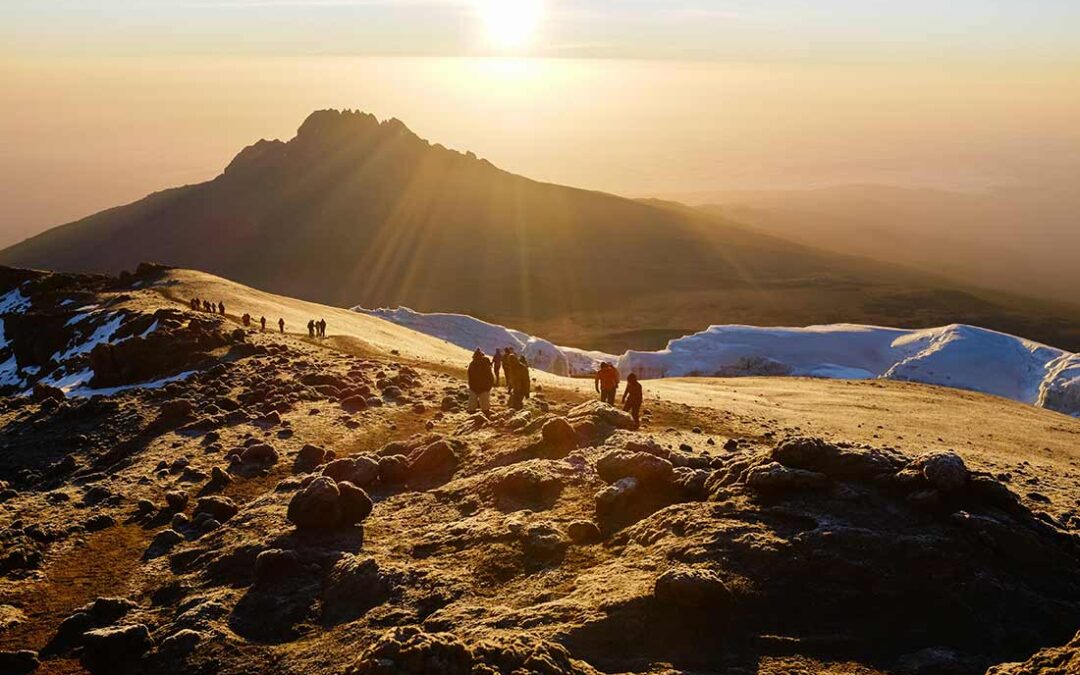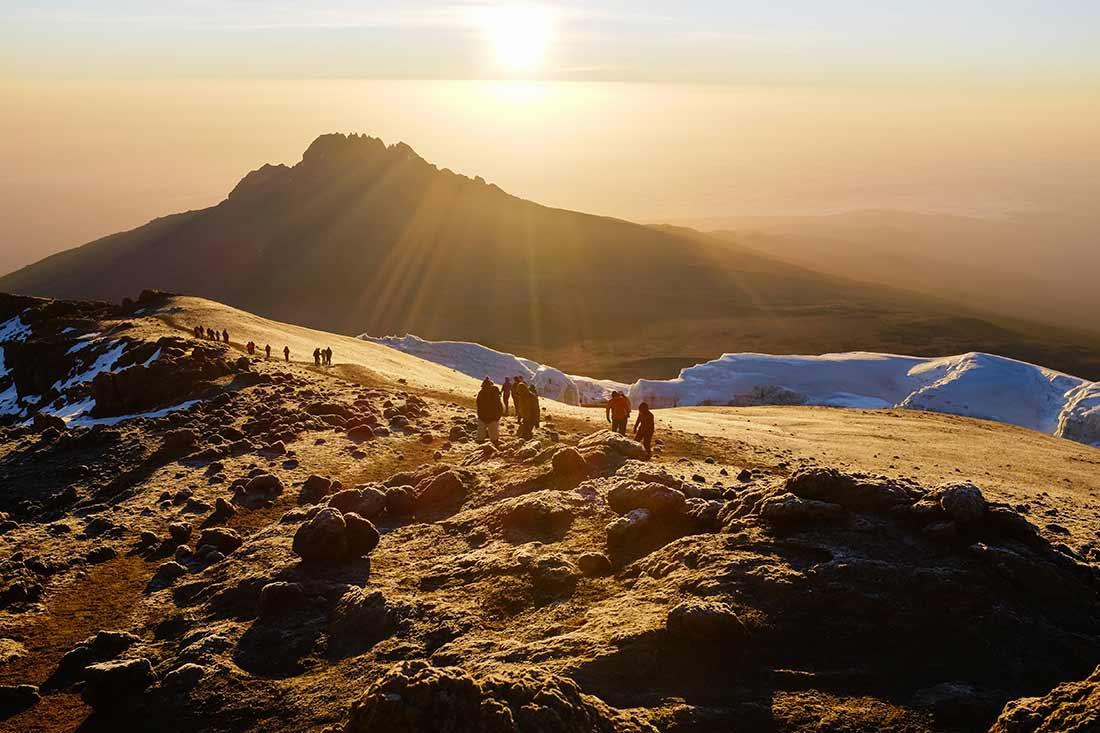Every year, over 50,000 climbers attempt to reach the summit of Kilimanjaro, making it one of the most popular mountain trekkings in the world. While tourism brings significant economic benefits to local communities, it also poses serious challenges. The environmental impact, from littering and waste management issues to the trampled vegetation, has become a growing concern.
Historically, Kilimanjaro has been a revered mountain, attracting adventurers and nature enthusiasts alike. However, the sheer volume of climbers has led to noticeable wear and tear on the trails. Studies indicate that the glacier on Kilimanjaro has shrunk by over 80% in the last century, partially due to climate change exacerbated by human activity, forcing us to rethink sustainable tourism solutions.
Economic Benefits of Tourism on Kilimanjaro
Tourism on Kilimanjaro greatly boosts the local economy. Many people in nearby towns depend on the income generated by tourists. Jobs such as tour guides, porters, and hotel staff are created. This employment helps reduce poverty in the region. The money tourists spend also flows into local businesses like restaurants and shops.
The government benefits from tourism too. Taxes from tourism help build infrastructure. Better roads, schools, and healthcare facilities are funded from this revenue. It’s a cycle of improvement that uplifts the whole community. The entire area prospers due to the steady influx of visitors.
Local culture thrives thanks to tourism as well. Tourists are often eager to learn about the customs and history of Kilimanjaro. This encourages locals to preserve and share their traditions. Cultural exchange enriches both visitors and residents. Investing in cultural tourism has long-term positive effects.
Environmental conservation efforts get a financial boost from tourism. Entry fees and donations are often used for conservation projects. These funds help maintain Kilimanjaro’s ecosystem. Tourism promotes awareness about the environment. This awareness fosters a sense of responsibility among all stakeholders.
Economic Stimulus to Local Communities
Tourism acts as a powerful economic engine for the communities around Kilimanjaro. Local businesses benefit greatly from the influx of visitors. Hotels, restaurants, and souvenir shops see increased revenue. This boost in business supports the livelihoods of countless families. Small vendors also find opportunities to sell their goods to tourists.
Job creation is another significant advantage of tourism. When tourists visit, they need various services. These services include transportation, guiding, and accommodations. As a result, many jobs are generated. Tour guides, porters, and drivers all find work, helping lift the community out of poverty.
Governments and municipal authorities also gain from tourism. Taxes collected from tourism-related businesses are used for local development projects. These funds improve infrastructure and public services. Investments in roads, schools, and healthcare facilities enhance the quality of life. Improved public spaces attract even more tourists, continuing the positive cycle.
The ripple effect of tourism extends even further. Many local artisans and craftsmen get to display their work. Tourists are eager to purchase authentic local crafts. This demand supports creativity and cultural preservation. All these factors contribute to a vibrant, thriving economy around Kilimanjaro.
Environmental Challenges Posed by Tourism
The growth of tourism on Kilimanjaro presents several environmental challenges. The increase in foot traffic leads to soil erosion. Vegetation along popular trails can get trampled and damaged. This hurts the native plant species that are crucial for the ecosystem. Such physical damage accumulates over time and is hard to reverse.
Waste management is another pressing issue. Tourists generate significant amounts of waste during their trips. Not all of it is disposed of properly, leading to litter on the mountain. Plastic bottles, food wrappers, and other debris can be seen along trails. This litter not only looks bad but can harm wildlife.
Water resources are also under strain due to tourism. The need for drinking water by tourists and staff contributes to the overuse of local water supplies. This can lead to shortages for local communities and wildlife. Moreover, pollution from improper waste disposal can contaminate water sources. Clean water becomes more scarce, impacting everyone in the region.
Another challenge is the carbon footprint left by tourists. Travel to and around Kilimanjaro often involves long flights and vehicle rides. These activities contribute to the carbon emissions that accelerate climate change. The melting glaciers of Kilimanjaro are a stark reminder of these impacts. Immediate action is needed to address these environmental concerns.
Key Takeaways
- Tourism on Kilimanjaro supports local business and jobs.
- Improper waste disposal spoils the natural beauty of the trails.
- Kilimanjaro’s fragile ecosystem suffers from increased foot traffic.
- Water resources are strained by the needs of tourists.
- Carbon emissions from travel contribute to melting glaciers.



